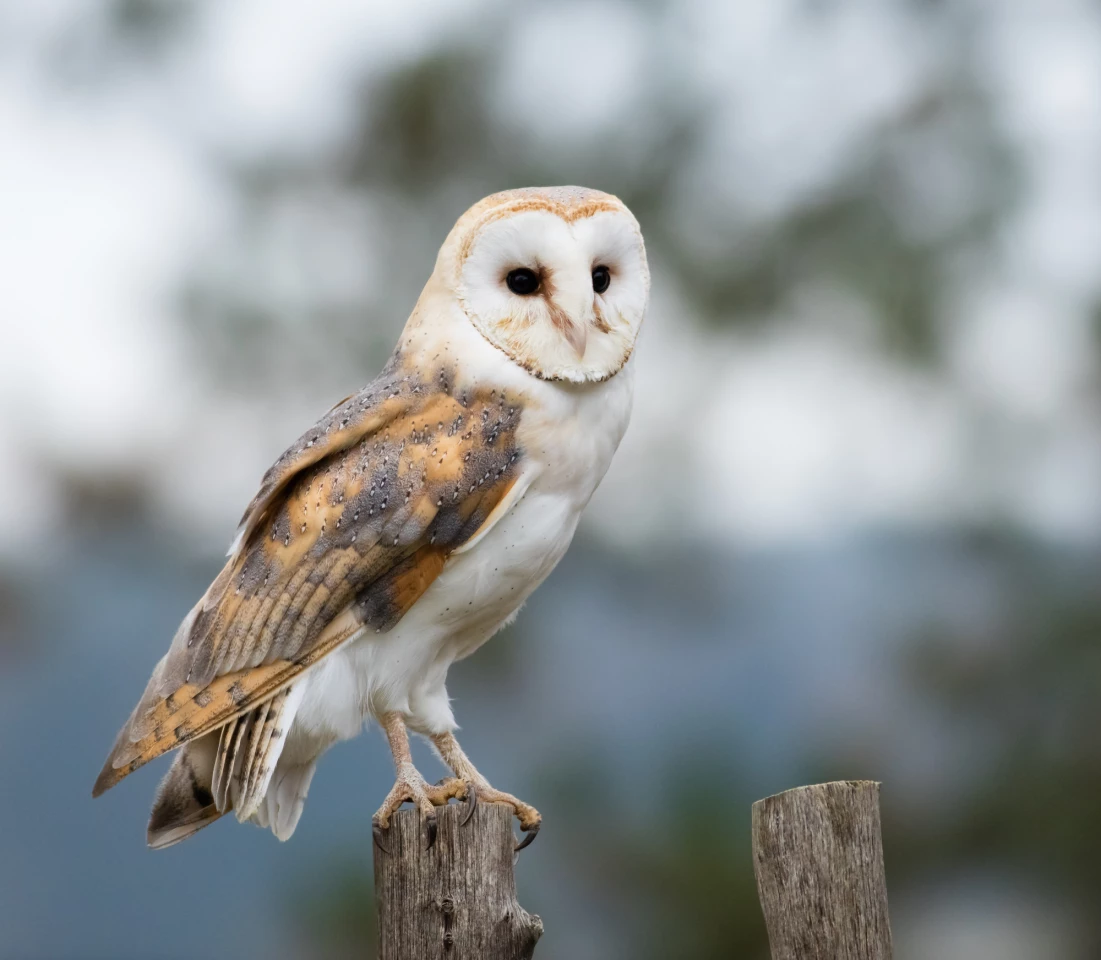Greater mouse-eared bats are preyed upon by owls, but the owls themselves likely avoid hornets, for fear of getting stung. New research suggests that the bats take advantage of this fact, by buzzing like hornets to keep owls at bay.
The study is being led by Assoc. Prof. Danilo Russo, of Italy's University of Naples Federico II.
Several years ago, he noticed that when he was handling greater mouse-eared bats that had been caught in mist nets, those bats produced a hornet-like buzzing sound. At the time, Russo and colleagues weren't sure of the purpose of the behavior. They wondered if it might have been a method of transmitting a warning to other bats in the colony, although they also suspected that it could be a means of scaring off predators.
More recently the team put the latter theory to the test, using 16 captive adult owls. These consisted of eight barn owls and eight tawny owls – four of each species had been caught in the wild, while the other four of each had been raised in captivity.
In a lab setting, four audio recordings were played back to the owls. These recordings included buzzing noises made by greater mouse-eared bats, honeybees and hornets, along with a non-buzzing sound made by the bats.
It was observed that the owls tended to move away from the speaker when all of the buzzing sounds were emitted, yet they moved closer in the case of the non-buzzing bat noises. This was particularly true of the wild-caught owls, which would have had more experience hunting down bats and being stung by hornets.

According to Russo, this is the first known case of a mammal utilizing acoustic Batesian mimicry, in which a harmless species evades predators by mimicking the sound of a more dangerous species.
"It is somewhat surprising that owls represent the evolutionary pressure shaping acoustic behavior in bats in response to unpleasant experiences owls have with stinging insects," he said. "It is just one of the endless examples of the beauty of evolutionary processes."
A paper on the research was recently published in the journal Current Biology.
Source: Cell Press via EurekAlert





